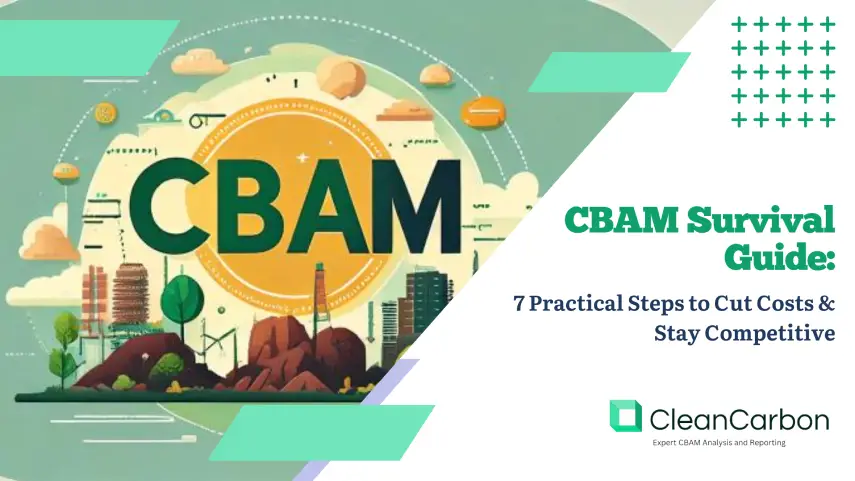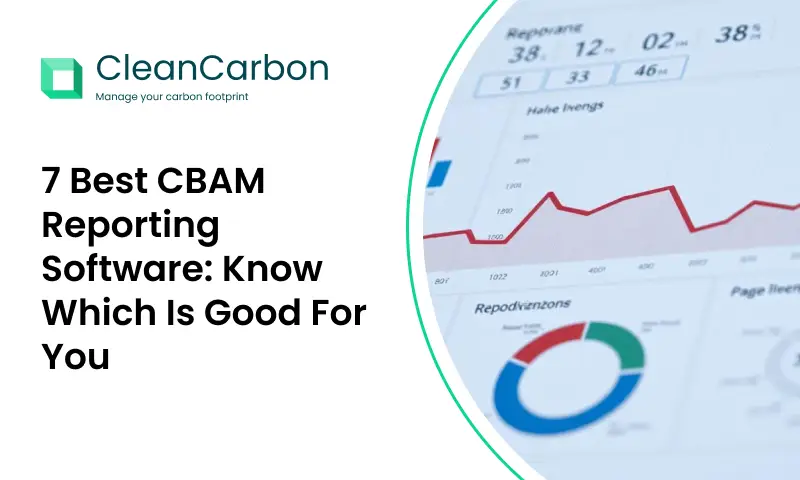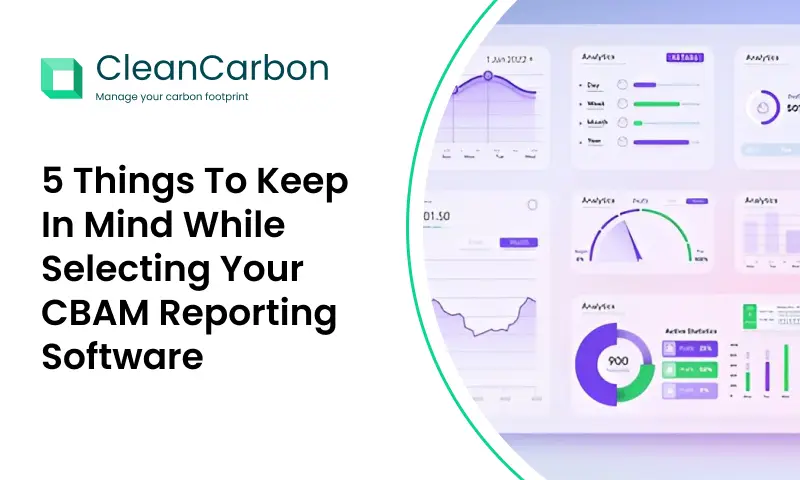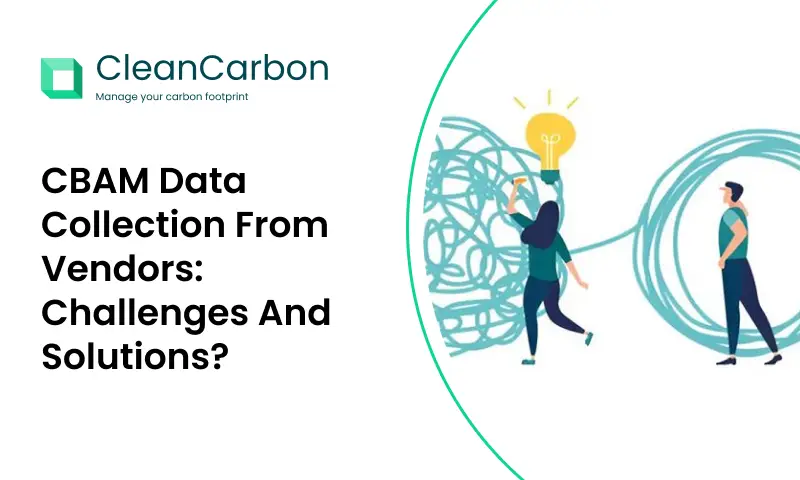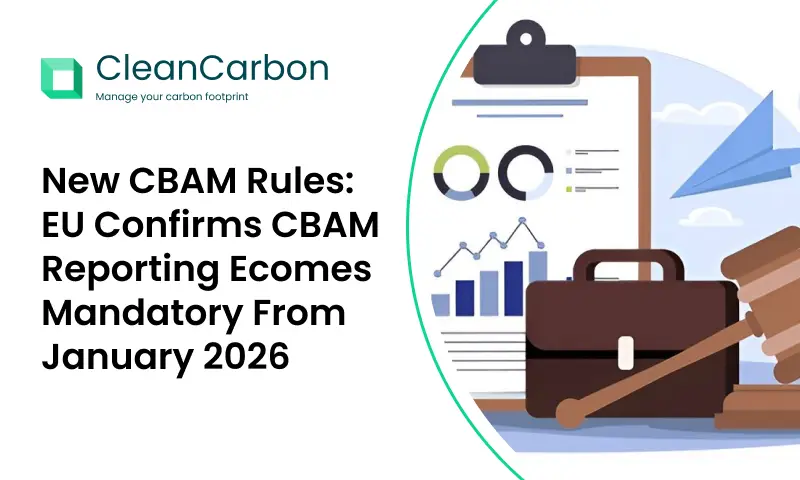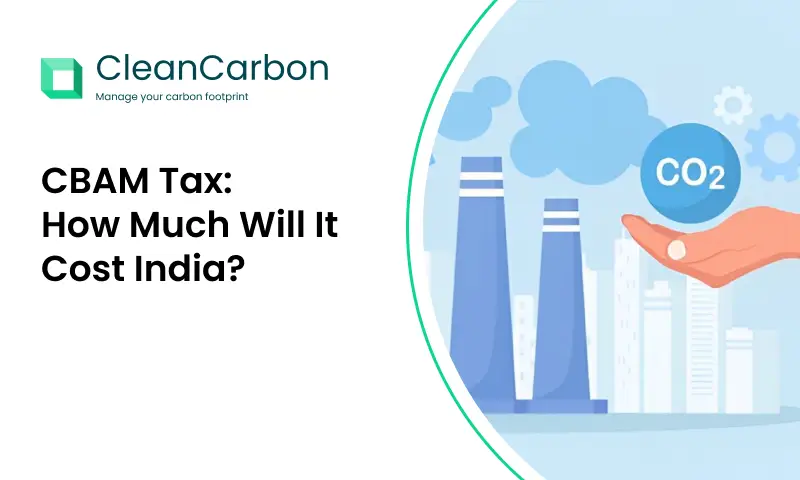The EU’s Carbon Border Adjustment Mechanism (CBAM) is no longer theoretical—it’s here, and it’s reshaping global trade. Companies that act now can turn compliance into competitive advantage. Here’s your actionable playbook.
Step 1: Know Your Exposure
Quick Diagnostic:
✔️ Is your product covered? (Steel, aluminum, cement, fertilizers, hydrogen, electricity)
✔️ Which suppliers are high-risk? (Map your supply chain’s carbon hotspots)
✔️ What’s your import volume? (Even small quantities trigger reporting)
Pro Tip: Use the EU’s CBAM Transitional Registry to check declarable goods.
2030 Forecast:
📌 Likely additions:
- Chemicals (ethylene, ammonia)
- Plastics (especially virgin polymer production)
- Transport (aviation, shipping fuels)
- Consumer goods (embedded emissions in autos, electronics)
Why? The EU’s “Fit for 55” plan requires 62% emissions cuts by 2030—narrow sector coverage won’t suffice.
Action Item: Conduct product-level carbon audits now to identify future exposure.
Step 2: Calculate Your Embedded Emissions
The CBAM Formula:
CBAM Cost = (Your CO₂ per ton – EU Benchmark) × Carbon Price × Quantity Imported
How to Get the Data:
- Primary Data: Actual emissions from suppliers (ideal but rare)
- Secondary Data: Industry averages (start here if needed)
- Tools:
– EcoInvent Database (global LCA data)
– EU’s CBAM Emissions Calculator (free Excel tool)
Red Flag: Underestimating Scope 3 (indirect) emissions could lead to costly corrections later.
Step 3: Reduce Emissions Strategically
Sector-Specific Wins:
| Industry | Low-Cost Fixes | Long-Term Plays |
| Steel | Switch to scrap recycling | Hydrogen-based DRI |
| Aluminum | Use renewable power | Inert anode tech |
| Cement | Alternative raw materials | Carbon capture |
Quick Win: Negotiate green power contracts—renewable electricity cuts emissions instantly.
Step 4: Master CBAM Reporting
Avoid Common Mistakes:
🚫 Using wrong emission factors (default vs. actual)
🚫 Missing deadlines (quarterly reports required)
🚫 Ignoring verification (unverified data = penalties)
Template Hack: Adapt the EU’s predefined Excel templates to ensure format compliance.
Step 5: Leverage Financial Incentives
Hidden Opportunities:
- EU Innovation Fund: Grants for clean tech pilots
- National Subsidies: Many EU states top up CBAM-prep funds
- Green Loans: Lower rates for decarbonization projects
Case Study: A Turkish steel mill secured €12M in EU grants to install an electric arc furnace.
Step 6: Engage Suppliers Early
Script for Tough Conversations:
We need your emissions data by [date] to avoid EU penalties. Can we:
- 1. Schedule a data-sharing session?
- 2. Explore clean production incentives together?
Carrot Approach: Offer long-term contracts to suppliers who decarbonize.
Step 7: Turn Compliance into Marketing Gold
How to Communicate:
- B2B: “Our CBAM-ready aluminum saves you €X/ton in fees“
- Consumers: “Low-carbon imports = greener products for you“
- Data Point: 78% of EU buyers pay premiums for verified sustainable materials.
Your 90-Day Action Plan
- Week 1-2: Conduct exposure assessment
- Week 3-4: Collect supplier emissions data
- Month 2: Implement 1-2 quick emission wins
- Month 3: File first CBAM report + explore incentives
CBAM isn’t just about avoiding costs—it’s a springboard for first-mover advantage. Companies that master these steps will:
- Cut compliance costs by up to 40%
- Win green-conscious clients
- Future-proof against stricter rules
Need help with a specific step? Ask below or Contact Us

